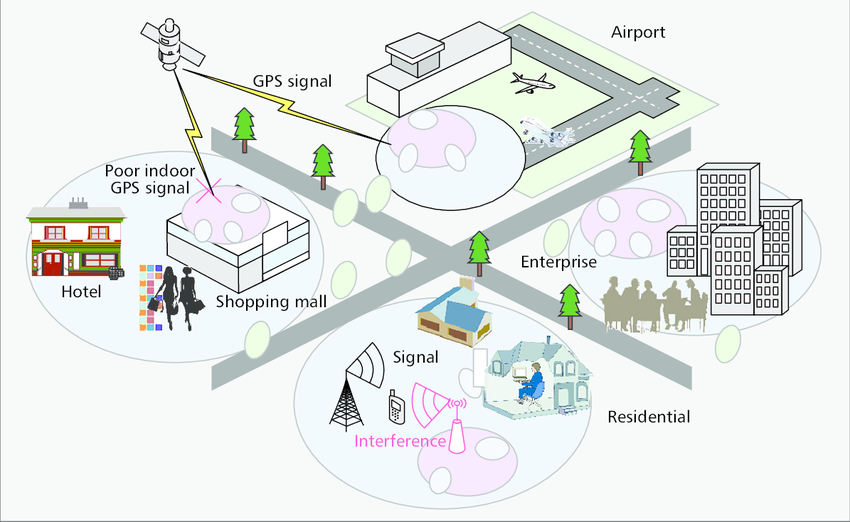Enhancing Dense Networks: Small Cell Solutions for Optimal Performance
telcomatraining.com – In today’s hyper-connected world, the demand for high-speed and reliable wireless communication continues to surge. As urban areas grow denser and the number of connected devices increases, traditional macrocellular networks often struggle to maintain optimal performance. This is where small cell solutions come into play. These low-powered cellular radio access nodes are revolutionizing the way we handle dense network environments, offering enhanced coverage, capacity, and efficiency.
What Are Small Cells?
Small cells are compact, low-range wireless transmission systems designed to complement macrocell towers. They include femtocells, picocells, and microcells, each serving different range and capacity needs. Unlike large cell towers that provide coverage over a wide area, small cells are designed to cover a smaller, more targeted zone, making them ideal for high-density areas such as stadiums, airports, shopping centers, and urban city centers.
The Need for Small Cells in Dense Networks
Dense network environments are characterized by a high concentration of users and devices, often leading to network congestion, signal interference, and degraded user experience. Traditional macrocell infrastructures, while robust, have limitations in handling this exponential growth.
Small cell deployment helps alleviate these challenges by offloading traffic from macrocells, reducing latency, and enhancing data throughput. This localized coverage improves signal quality and ensures seamless connectivity, particularly in areas where macrocell signals are weak or overloaded.
Benefits of Small Cell Deployment
- Improved Network Capacity
Small cells increase the network’s capacity by handling more simultaneous connections within a localized area. This is especially crucial for environments like concerts or business districts, where thousands of users might be accessing the network at once. - Enhanced Data Speeds
By bringing the network closer to the user, small cells reduce the distance data has to travel. This leads to faster upload and download speeds and minimizes latency, which is essential for real-time applications like video conferencing, online gaming, and augmented reality. - Cost Efficiency
Deploying small cells is often more cost-effective than expanding macrocell infrastructure. They require less power, simpler equipment, and can be installed on existing structures like lampposts or building walls. - Seamless Integration with 5G
Small cells play a pivotal role in the deployment of 5G networks. Their ability to operate on higher frequency bands (like millimeter wave) and support ultra-low latency makes them an essential component of 5G architecture.
Challenges and Considerations
Despite their numerous advantages, small cells also present certain challenges:
- Site Acquisition and Permitting: Deploying a large number of small cells requires navigating local regulations and securing installation sites, which can be time-consuming.
- Backhaul Connectivity: Each small cell needs a reliable backhaul connection to the core network, which can be a logistical and financial hurdle in some areas.
- Interference Management: As the density of small cells increases, so does the risk of interference between cells, requiring advanced network planning and coordination.
The Future of Small Cell Technology
As the digital landscape evolves, small cells will become increasingly vital to ensuring robust and scalable network performance. With the continued rollout of 5G and the impending arrival of 6G technologies, small cell solutions are expected to support a range of next-generation applications, including autonomous vehicles, smart cities, and IoT ecosystems.
Network operators and infrastructure providers must invest in intelligent planning, automation, and AI-driven analytics to maximize the benefits of small cell deployments. This will ensure that small cells not only enhance dense network performance but also drive the next wave of innovation in mobile connectivity.
Conclusion
In conclusion, small cells represent a transformative approach to enhancing dense network environments. By boosting capacity, improving user experience, and enabling the full potential of 5G, small cell technology stands as a cornerstone for the future of wireless communication. For urban planners, telecom providers, and enterprise leaders alike, embracing small cell solutions is essential for achieving optimal network performance in a data-driven world.







